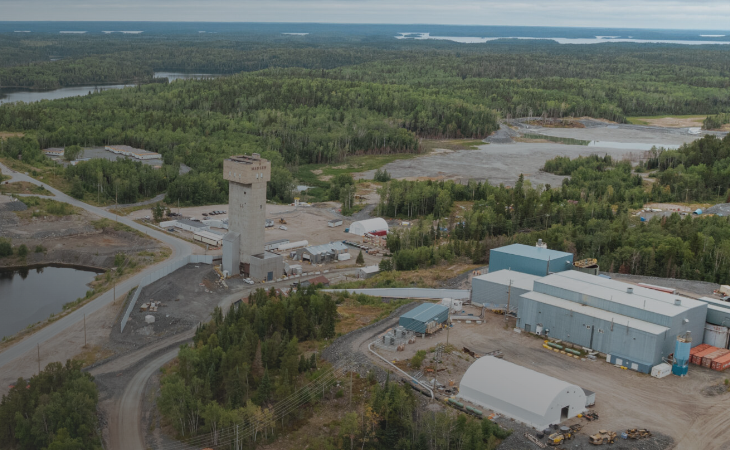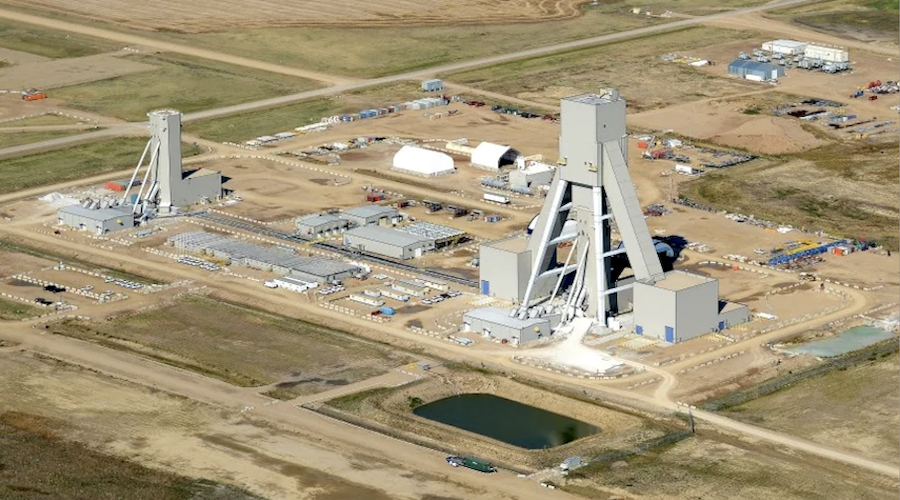VANCOUVER — In a bid to nurture economic growth in Canada’s northern territories, the federal government announced its Northern Jobs and Growth Act on Nov. 6. John Duncan, Minister of Aboriginal Affairs and Northern Development, introduced the piece of legislation — labelled Bill C-47 — which is aimed at establishing regulatory clarity in regards to project permitting and investment.
The legislative initiative comes at a time when mineral exploration Nunavut is taking an increasingly important role in the territory's growth, and seeks to produce uniformity and cohesiveness in regards to land use agreements and environmental standards for future natural resource developments.
“[This Act] fulfills obligations flowing from land claims, and proposes mechanisms to improve regulatory processes, encourage investment, and allow resources to be developed in a sustainable manner,” Duncan said in a government statement. “This will lead to jobs and benefits for future generations.”
Bill C-47 essentially enacts two separate pieces of legislation — entitled the Nunavut Planning and Project Assessment Act and Northwest Territories (NWT) Surface Rights Board Act — in addition to amending a variety of existing acts, including the Yukon Surface Rights Board Act and Canada Oil and Gas Operations Act. The amendments are predominantly geared towards eliminating cross-over and aligning Bill C-47 with existing regulatory framework.
A conceptual outline of Nunavut’s regulatory processes has actually been in the hopper since the territory was founded around a decade ago.
The first portion of Bill C-47 solidifies the role of the Nunavut Planning Commission — a body created in 1992 — by legislating various duties and powers, that include permitting and monitoring developmental projects and contributing to the development and review of marine policy in the Arctic. The bill also outlines a nine-member Nunavut Impact Review Board, which can be called on to review potential effects on local communities and ecosystems.
“This is an important milestone in establishing an effective and streamlined regime for Inuit and government to manage resource development in Nunavut together,” said Nunavummiut Premier Eva Aariak in a statement. “Decision making about land and resource management [will be] much clearer and pave the way for the seamless transfer of these responsibilities from Canada to the government of Nunavut under devolution.”
The NWT Surface Rights Board Act fulfills a government obligation to Gwich'in Nation and Sahtu Nation land claims under the Northern Regulatory Improvement Initiative introduced in 2010. It establishes a five- to nine-member board geared towards the resolution of land disputes pursuant to First Nation claims.
The Mining Association of Canada (MAC), which has been involved in drafting the legislation on a consultancy basis, voiced its approval of Bill C-47 via a press release on Nov.6. MAC estimates that potential mine developments in Canada's north could draw more than $8 billion in investment and create roughly 4,500 jobs over the next decade.
“The legislation comes at a critical time for Nunavut, with its promising mineral potential and opportunities for economic development never before seen in the territory's history,” said Pierre Gratton, MAC's president and CEO. “The new regulatory regime will help to enhance the territory's economic competitiveness for mineral investment, while ensuring projects go through a robust assessment and permitting process.”
MAC cites the success of Agnico-Eagle Mines’ Meadowbank gold operation in Nunavut as indicative of the long-term potential for economic growth and partnership in the territory.
Agnico-Eagle solidified a historic agreement with the Kivalliq Inuit Association and contributed $190 million in developmental and operational spending to Nunavut in 2011. Meadowbank is the only operating mine in the territory, and employs a 750-person workforce that is 36% Inuit.
The NWT and Nunavut Chamber of Mines were also supportive of the updated measures, stating that Bill-C47 creates Nunavut's first true environmental assessment act. The Chamber mirrored sentiments from the Nunavummiut Government calling for the Feds to fully devolve non-renewable resource and land management to the Territories.
“The North’s significant mineral potential and the power of our industry to harness those resources can create much needed opportunities for northerners, and their governments through the generation of jobs, business opportunities and taxes,” stated Chamber president Pamela Strand.
To read more Northern Miner articles, click here





Comments